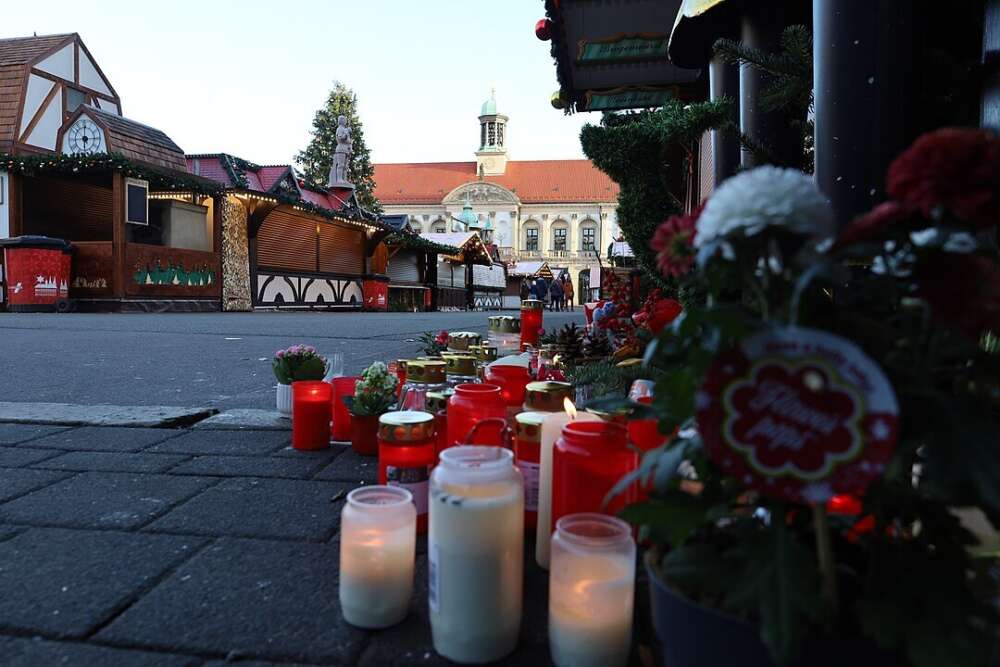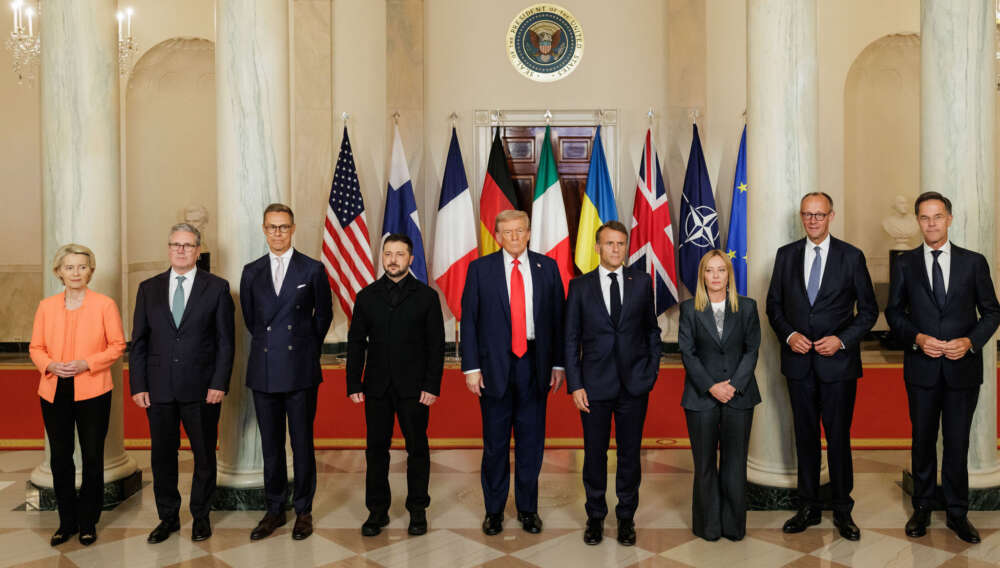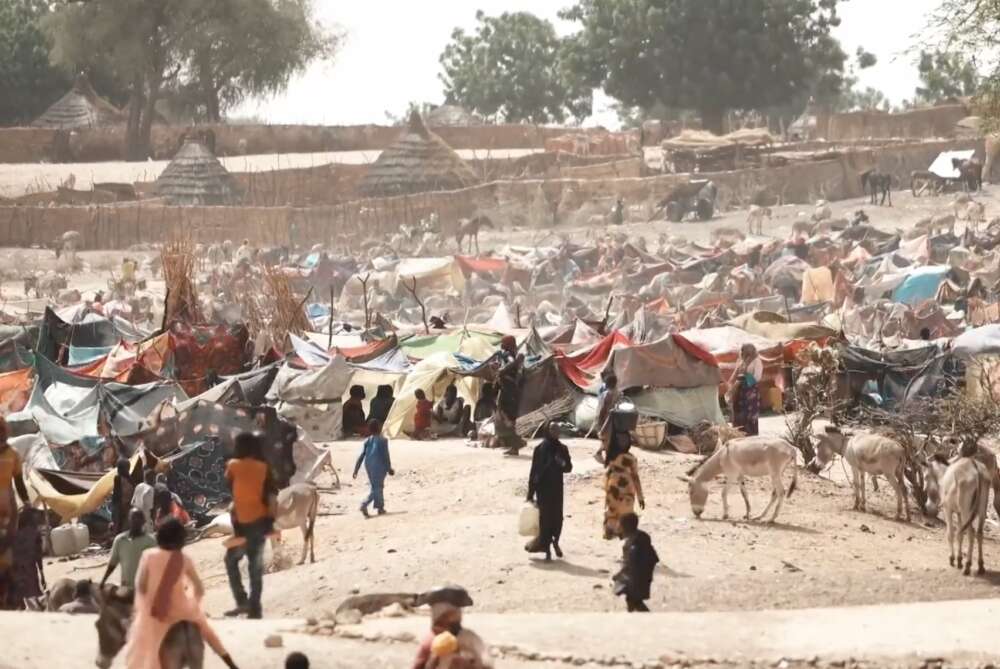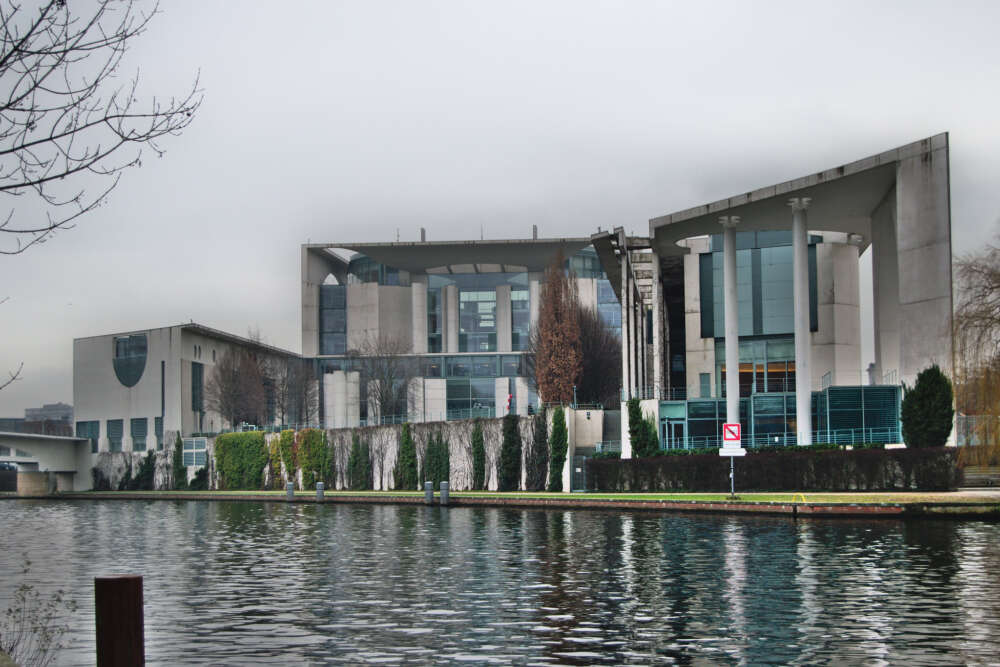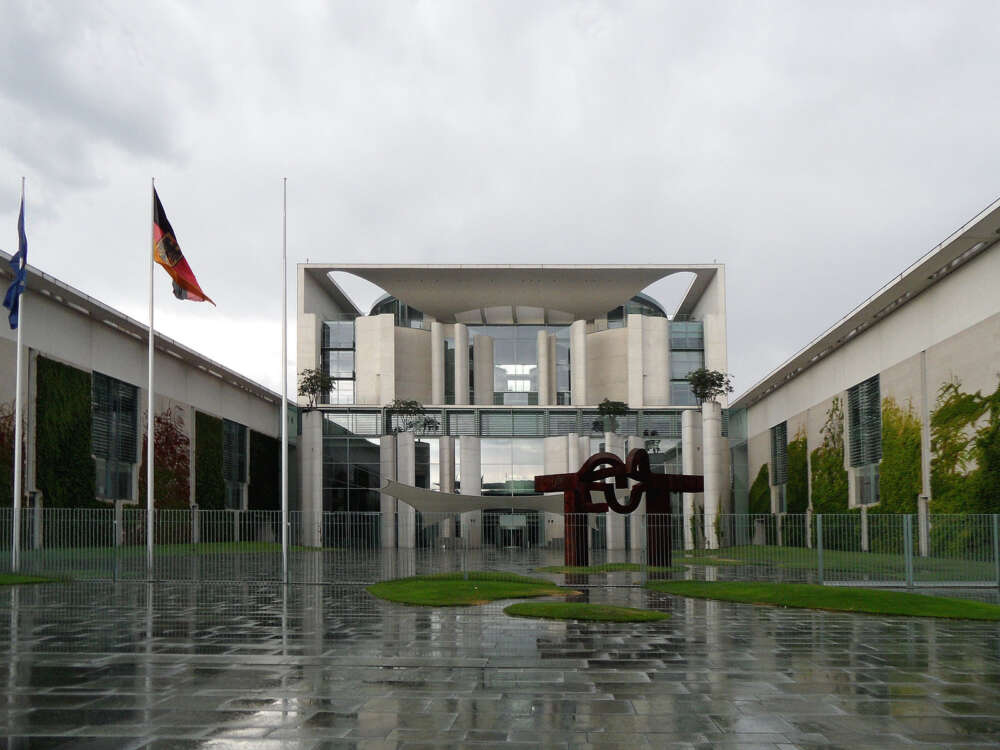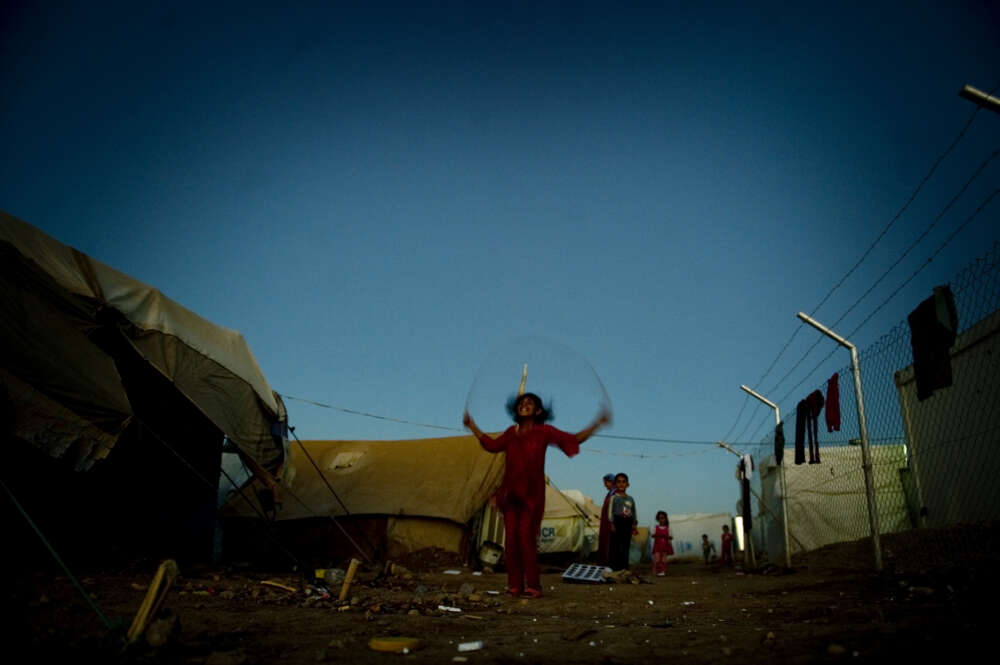To Save Elections From Disinformation, Fact-Checking Is Only the First Response
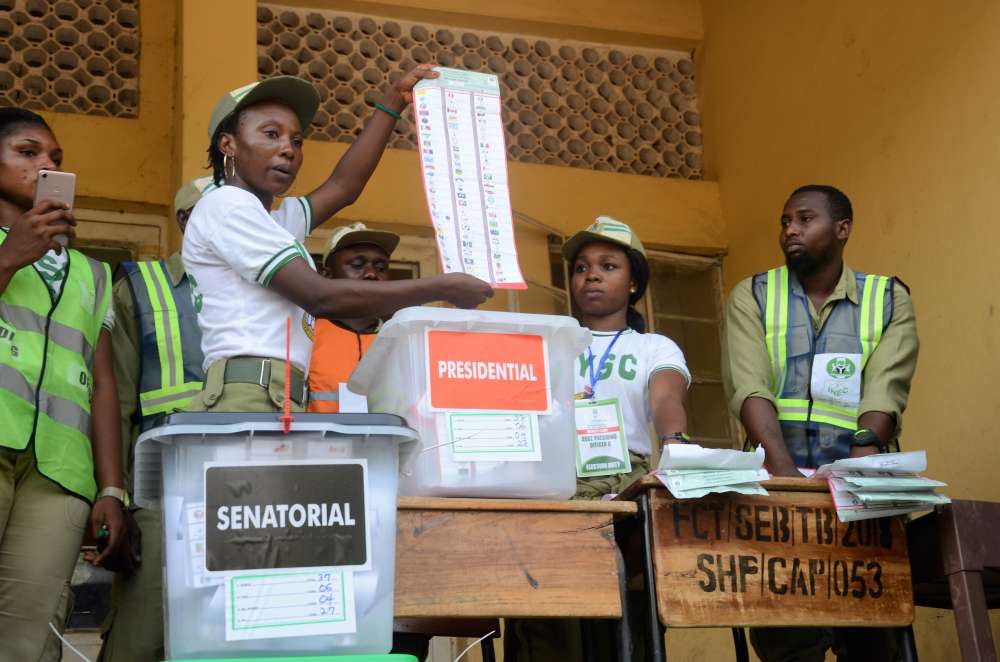
In recent years, disinformation has been a hallmark of almost all major elections – and African states have been no exception. In 2023 alone, elections on the continent have been mired in smear campaigns that included widespread lies about candidates having tea with terrorists or rigged elections, declarations of victory before the results were in, and “reports” of massive rallies with thousands of people that never happened. These stories are often part of targeted disinformation campaigns that are instigated and run by private companies, electoral candidates, or other states. Among other motivations, these actors hope to skew electoral results in favor of a particular party or simply to sow societal instability. Their lies are not only misleading, but also dangerous: they can stoke ethnic tensions or gendered violence and undermine trust in both elections and politicians.
Fortunately, efforts to identify and counter false narratives around elections have also increased significantly. Fact-checking initiatives in particular have been a popular response developed by NGOs, social media platforms, radio stations, and international organizations to stop the flood of disinformation during recent elections in Kenya, Liberia, Nigeria, Sierra Leone, and elsewhere. These initiatives can take several forms and are often run by teams within news outlets or by dedicated fact-checking organizations like PesaCheck or Africa Check. In essence, they all aim to investigate and debunk false or misleading claims made by electoral candidates and their supporters, and to counter these claims by issuing more accurate information.
Fact-checking initiatives are crucial for correcting dangerous lies and providing credible and accurate information to electorates. However, they are not a panacea and are more akin to an emergency response: an important first step but insufficient in addressing the underlying problem – huge flows of disinformation that are skewing elections – unless they are paired with other measures.
The Limits of First Response
Fact-checking is a resource- and time-intensive undertaking. In-depth research into each claim takes a while, and by the time a story has been officially debunked, it has probably already reached thousands if not tens of thousands of people. Information in local languages is even harder to track and debunk for international teams or fact-checkers who are based in capitals – and thus takes even longer to correct. What is more, even after a post has been flagged as misleading or harmful, social media platforms like X and Meta often fail to take it down quickly (or sometimes at all).
These problems are even more pronounced around elections. Funding cycles mean that fact-checking initiatives are often set up just a few months before people head to the polls. Fact-checkers are then forced to play catch-up: they must build awareness among local communities they may not yet understand, and they are usually up against actors who have been spreading disinformation uninterrupted since the last election. This was also acknowledged by the United Nations Development Programme (UNDP) when it assessed the impact of iVerify, a fact-checking tool, during elections. It found that iVerify “was hampered by the short implementation timeframe that resulted in lack of awareness and, therefore, buy-in by key stakeholders, specifically journalists and civil society organisations.”
The massive scale of the problem that fact-checkers face stands in stark contrast to the limited resources they have at their disposal. In the words of David Ajikobi, the current Nigeria editor at Africa Check: “In the 2015 elections, people knew that election-related disinformation was a problem. In 2019, it became a concern. By 2023, it is existential.” Even more challenging than the sheer volume of disinformation are the varied ways in which lies are spread, many of which are nearly impossible to track. Fake stories usually start on social media, where they are picked up by television or radio shows or passed on through word of mouth before turning up again online, thus reinforcing the same falsehoods and skewing reality even further.
Some progress has been made on improving the setup and reaction times of fact-checking initiatives to bridge this gap. For instance, UNDP’s iVerify system “uses machine learning to check if articles have already been reviewed to avoid duplication” and “monitors social media for toxic content, which is flagged to be sent to verifiers.” In Nigeria, ahead of the 2023 election, a consortium of fact-checkers worked together to avoid redundancies and to provide better geographic and linguistic coverage of the electoral debate. And some fact-checking initiatives have partnered with local radio stations to more widely disseminate facts among communities. However, while these efforts have improved the overall quality and reach of fact-checking activities, they cannot solve the core issue that checking facts and disproving lies is alone not enough to stop the spread of disinformation.
Needed: An Active Counter-Strategy
Fact-checking should be treated as the first line of defense against disinformation and as the basis for efforts to more proactively shape the narrative around elections. One way to do this is through locally run counter-messaging strategies that use the lies that have permeated the electoral debate as a guide for spreading verified news (rather than simply reposting and disproving false content).
Ahead of the 2022 general election in Kenya, a group of local and international NGOs came together in the MAPEMA consortium. Its members used an array of tools to monitor conversations, to track and analyze trends on social media, and to identify the networks that drove electoral disinformation campaigns on Facebook, Instagram, and Twitter. MAPEMA then generated real-time reports which were used to inform “a series of counter-messaging campaigns to disseminate (…) messaging through traditional and online media.” This response was developed by “a whole ecosystem” of national, regional, and local actors, who worked together to spread a coordinated campaign via local authorities, news outlets, and more than 3,000 micro- and nano-influencers (who were identified and recruited across various social media platforms) as well as a network of 7.5 million youth ambassadors. All in all, the consortium reached over 27.9 million Kenyans.
The benefits of an approach like the one pioneered by the MAPEMA consortium have been recognized by many of the donors and implementing organizations that we spoke to for our research on digital threats to elections in Africa. This research explores how we can better mitigate the risks related to disinformation and other threats emanating online – such as internet shutdowns or surveillance and online harassment of human rights defenders and journalists – that undermine the integrity of elections and may even spark electoral violence.
When we posed this question to interviewees, they consistently brought up the need for longer timelines, more local partners, proper analysis of the national information ecosystem, and better communication strategies. However, in many cases, the initiatives donors have funded did not reflect these needs and concerns. At the same time, many non-governmental organizations working to address these threats remain frustrated by the short-term logic of their funding, which limits their ability to do anything beyond debunking falsehoods through a website.
Efforts to fact-check and correct false information must be accompanied by a countering narrative strategy that critically examines how information travels and identifies the best entry points for efforts to mitigate the spread of disinformation within society. Short of that, there is little hope of stemming the swelling tide that is lies around elections – on the African continent and elsewhere.
